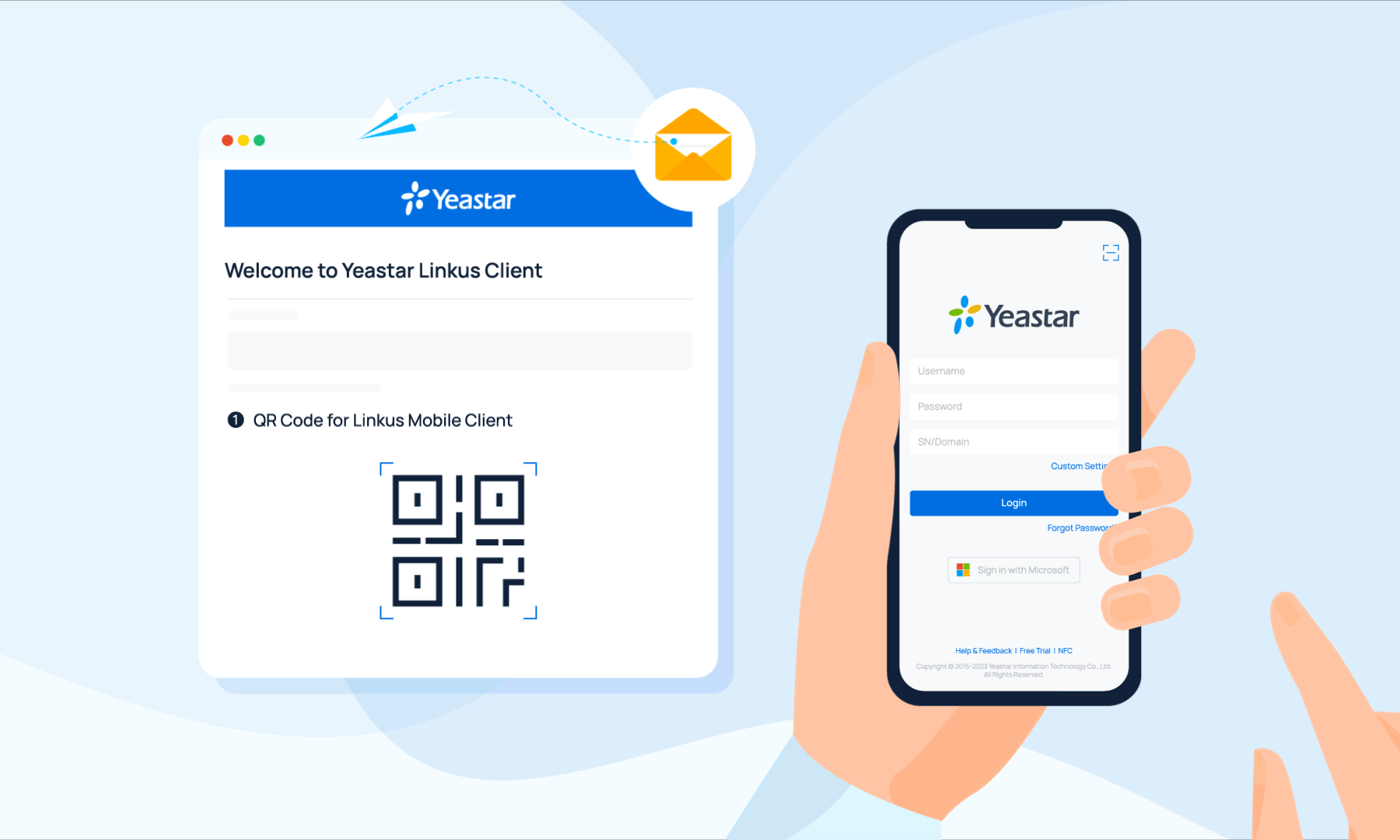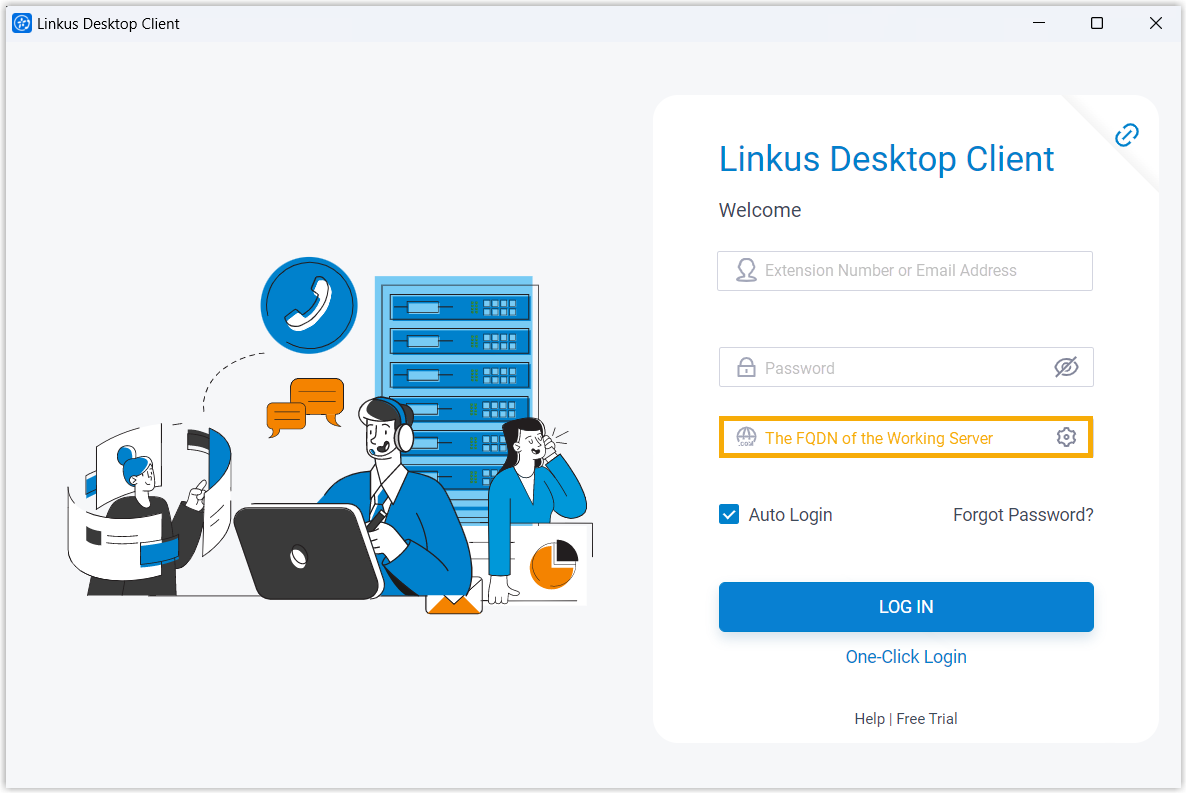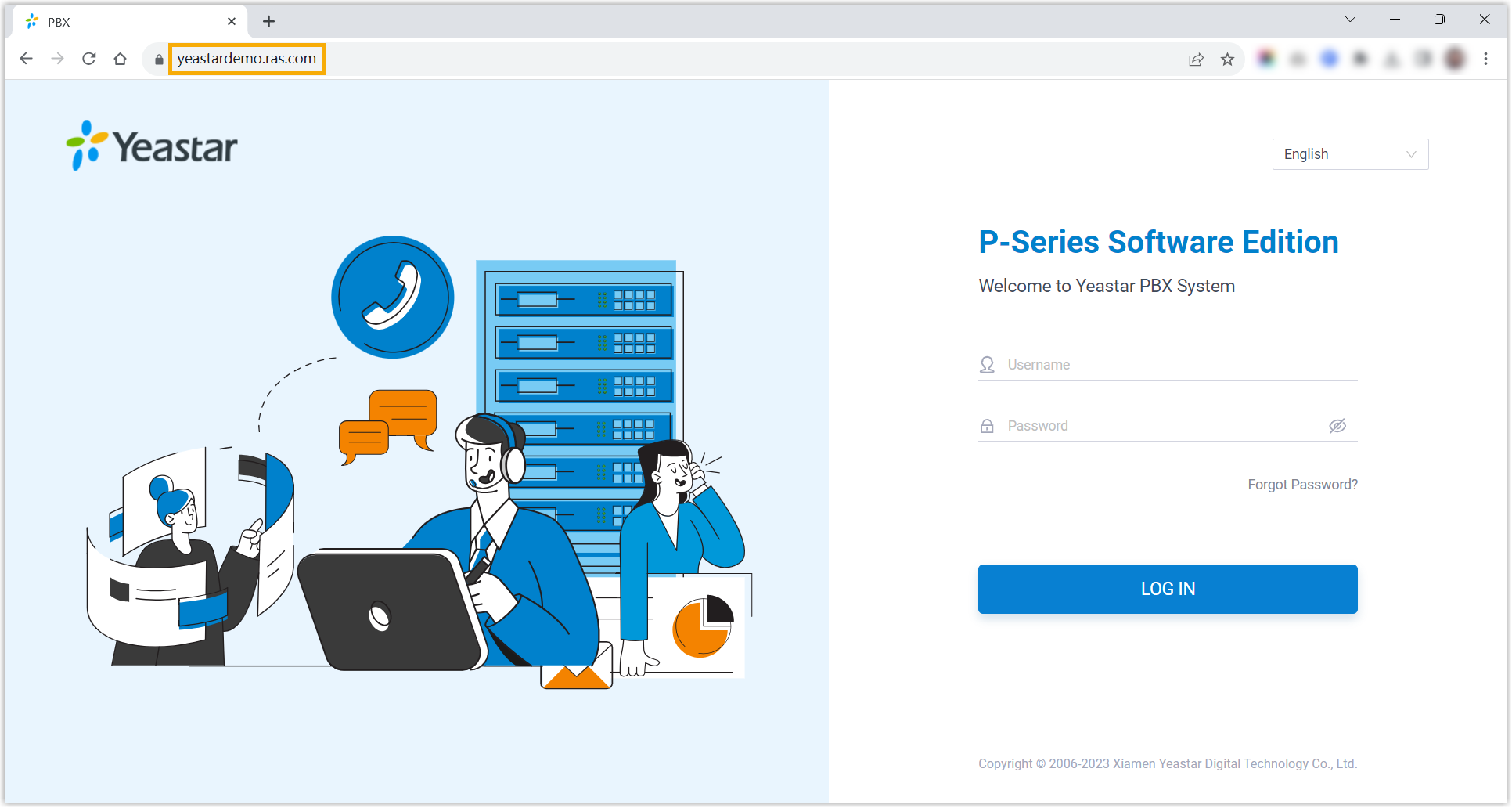Server Redundancy (Yeastar SD-WAN) on SIP Devices and Linkus UC Clients
After setting up disaster recovery on Yeastar P-Series Software Edition, server redundancy can be implemented on Auto Provisioned SIP Devices (IP phones and TA FXS gateways) and Linkus UC Clients.
Server redundancy on IP phone
Yeastar Disaster Recovery implements server redundancy on auto provisioned IP phones via LAN IP / Virtual IP or FQDN, depending on whether Hot Standby is enabled on the Working Server and how you provision IP phones.
| Auto Provisioning Method | Description |
|---|---|
| PnP / DHCP |
|
| RPS FQDN |
|
Server redundancy on TA FXS gateway
Yeastar Disaster Recovery implements server redundancy on auto provisioned TA FXS gateways via LAN IP / Virtual IP and FQDN.
After you set up disaster recovery, you need to Reboot the auto provisioned gateways, so that they can obtain the server information of the disaster recovery pair, as shown below.
- Hostname/IP: The LAN IP (Hot Standby disabled) or the Virtual IP (Hot Standby enabled) of the Working Server.
- Failover Hostname/IP: The dedicated FQDN of the Working Server under disaster recovery, which always points to the Redundancy Server.
Server redundancy on Linkus Mobile Client
Yeastar Disaster Recovery implements server redundancy on Linkus Mobile Client via Yeastar FQDN, which always points to the server in the disaster recovery pair that is in working status.
After you set up disaster recovery, users need to log in again to Linkus Mobile Client via Yeastar FQDN, as shown below.
- Linkus iOS Client: Version 5.2.9 or later
- Linkus Android Client: Version 4.13.16 or later
| Scenario | Instruction |
|---|---|

|
Scan the QR code to log in, which contains the FQDN of the Working Server. |

|
Manually replace the server information with the FQDN of the Working Server in the SN/Domain field. |
Server redundancy on Linkus Desktop Client
Yeastar Disaster Recovery implements server redundancy on Linkus Desktop Client via Yeastar FQDN, which always points to the server in the disaster recovery pair that is in working status.
After you set up disaster recovery, users need to log in again to Linkus Desktop Client via FQDN, as shown below.
| Scenario | Instruction |
|---|---|

|
Paste the login link to log in to Linkus Desktop Client, which contains the FQDN of the Working Server. |

|
Manually replace the server information with the FQDN of the Working Server in the Domain field. |
Server redundancy on Linkus Web Client
Yeastar Disaster Recovery implements server redundancy on Linkus Web Client via Yeastar FQDN, which always points to the server in the disaster recovery pair that is in working status.
After you set up disaster recovery, users need to access Linkus Web Client via the FQDN of the Working Server, as shown below.
